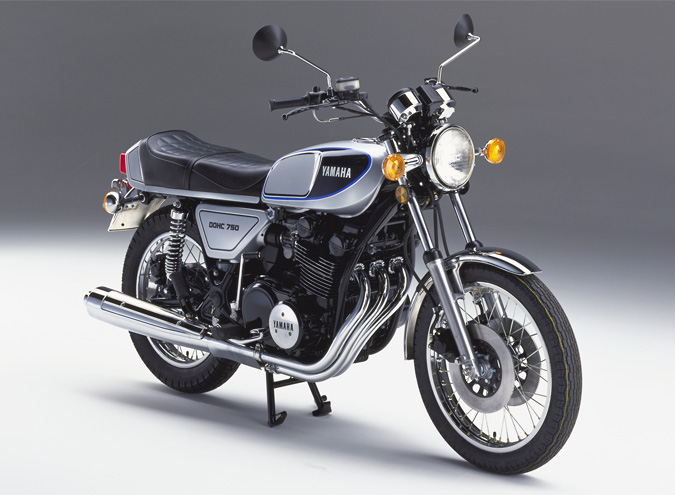Embarking on a journey that spans over a century, Yamaha’s narrative is a fascinating blend of innovation, craftsmanship, and a relentless pursuit of excellence. Born from a foray into musical instruments in the late 1880s, Yamaha’s evolution transcended conventional boundaries, evolving into a global player across diverse industries. In 1955, the emergence of Yamaha Motor Co. marked a pivotal moment, reshaping the dynamics of motorcycle engineering.
This deep dive navigates through Yamaha’s historical landscape, unravelling transformative milestones, iconic models, and the underlying philosophy steering its trajectory.
Prelude: Yamaha’s Harmonious Beginnings
Yamaha’s inception in 1887, under the visionary Torakusu Yamaha, was rooted in crafting reed organs and pianos. The brand’s early years were exclusively dedicated to the realm of musical instruments, establishing a reputation for precision and craftsmanship that would later echo in its motorcycles.
In 1937, a pivotal moment occurred with the entry of Genichi Kawakami into Yamaha’s narrative. Named president in 1950, Kawakami would steer the company towards uncharted territories, setting the stage for Yamaha’s foray into the dynamic world of motorcycling.
Yamaha Motor Co.: Birth of a Speed Enthusiast
The genesis of Yamaha’s motorcycling legacy can be traced back to a confidential directive on November 7, 1953, given to the executive officers of Nippon Gakki, Yamaha’s predecessor. President Genichi Kawakami mandated the production of a prototype motorcycle engine, igniting a journey that would redefine the brand’s trajectory.
The result of this directive was the YA-1, Yamaha’s inaugural motorcycle that hit the streets in 1955. With a 125cc, two-stroke, single-cylinder engine, the YA-1 set the tone for Yamaha’s commitment to speed, innovation, and performance.
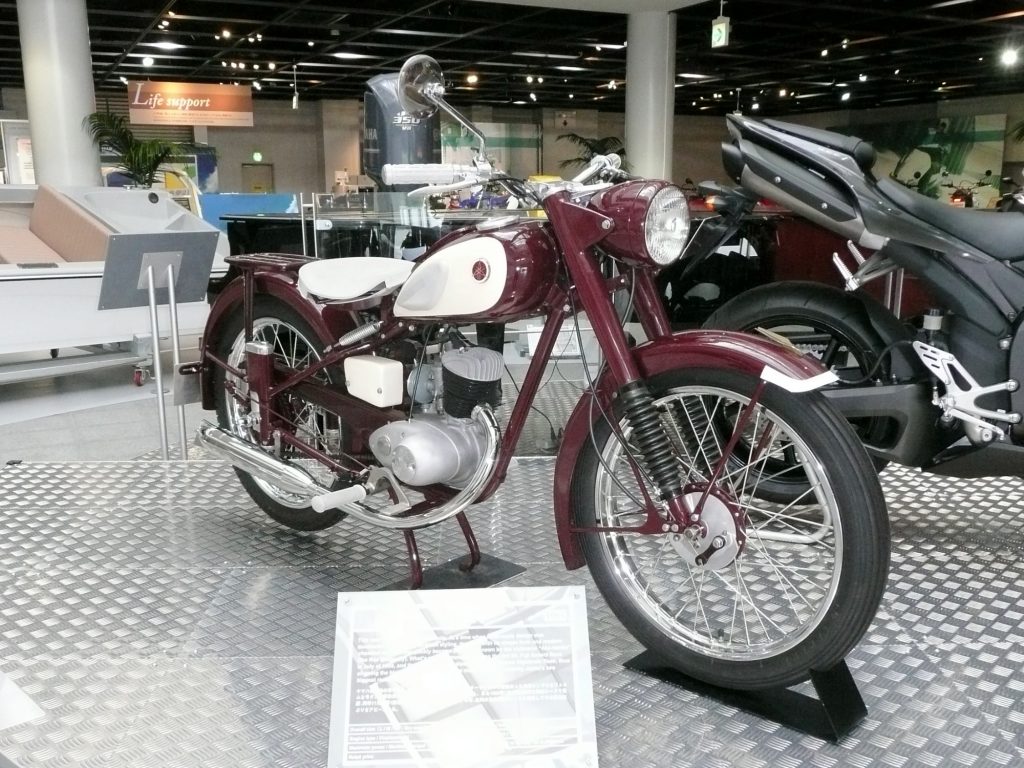
Decade by Decade Exploration of Yamaha’s Iconic Models
1950s: Racing Pedigree Takes Flight
1957 YD-1: Yamaha’s first racing motorcycle, a 250cc, twin-cylinder, two-stroke street bike, made its mark in the second Asama Highland Race.
1959 YDS-1: Building on the sporty performance of the YD-1, this street bike gained acclaim for outperforming its peers in the 650cc vertical twin-engine category.
1960s: Global Aspirations Unveiled
1960 YA-3: A 125cc, single-cylinder, two-stroke street bike, one of the first Yamaha models introduced in the United States.
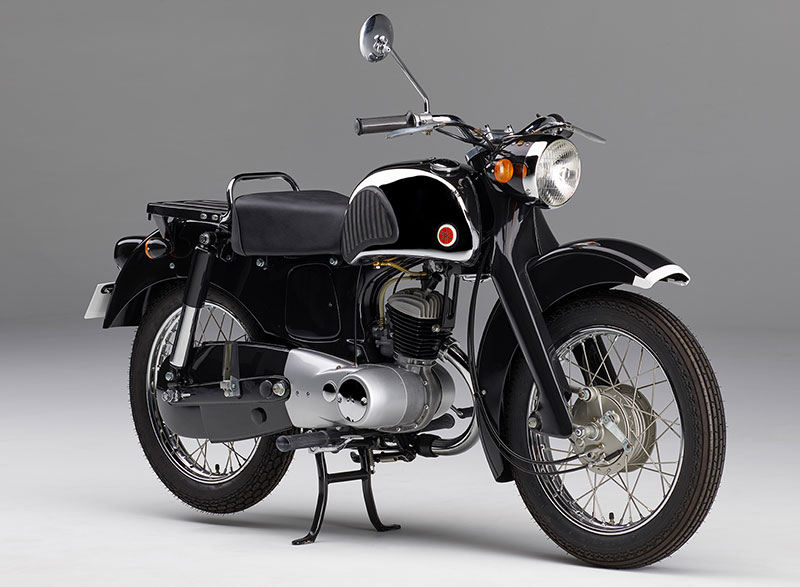
1965 Big Bear Scrambler: Also known as the YDS-3C, designed in the U.S. to cater to American consumers, renowned for its style and distinctive exhaust.
1965 Toyota 2000GT: An agreement to cooperate on technology for sports car production was concluded between Toyota and Yamaha on September 8, 1965. The prototype was completed by incorporating the most cutting-edge, advanced technologies available at the time. It was presented at the Tokyo Motor Show in 1965 as the Toyota 2000GT.
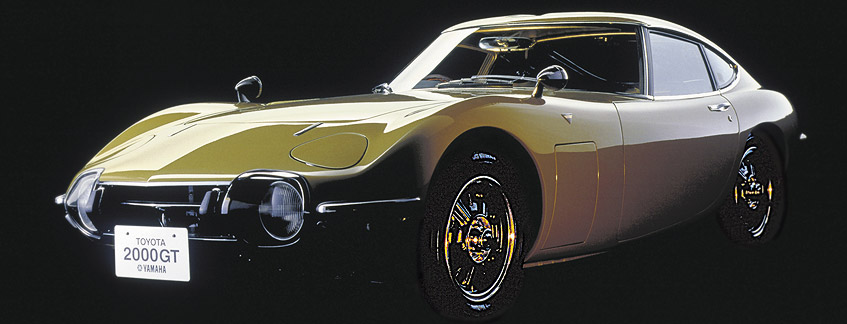
1970s: Embracing Four-Stroke Power
1970 XS-1: Yamaha’s debut four-stroke model featuring a 650cc engine, celebrated for its reliability.
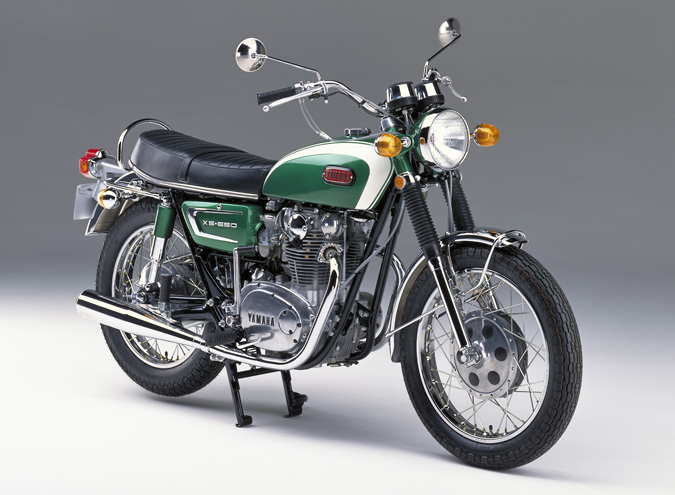
1973 RD350: Introduction of reed valves in two-stroke street bikes, marking an innovation in engine technology.
1975 YZ250: Pioneering the single-shock production motocross bike, revolutionising the motocross industry.
1980s: Power, Innovation, and Technological Firsts
1980 Maxim 650: A high-performance cruiser featuring a four-cylinder shaft drive, garnering popularity in showrooms.
1982 XJ650 Turbo: Introduced at the same time as the electronic fuel injection turbo model at the 1981 Tokyo Motor Show, this model featured the world’s first carburetor turbo system. The advanced styling and shaping typified by the full fairing was designed for optimum aerodynamics with wind tunnel tests, and was produced with technology gained from development of Yamaha’s marine products.
1984 RZ350: Yamaha’s final street-legal two-stroke motorcycle.
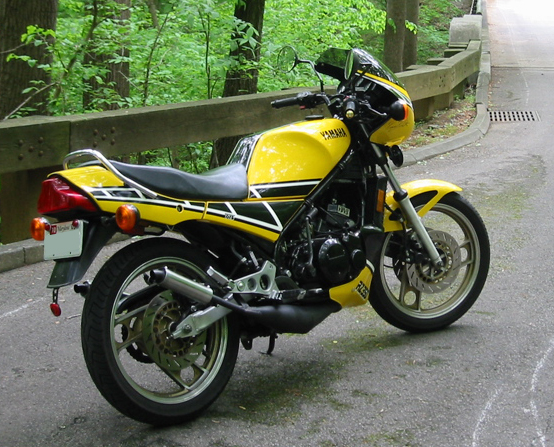
1984 FJ1100: Boasting 125 horsepower and a weight of 500 pounds, setting a power-to-weight ratio benchmark in the superbike class.
1985 FZ750: Introduction of Yamaha’s five-valve Genesis technology and lay-down cylinder configuration.
1987 FZR1000: Utilisation of the aluminium Deltabox frame, a groundbreaking move in motorcycle design.
1990s: Technological Leap and Cruiser Elegance
1993 GTS: Yamaha’s first fuel-injected model, incorporating a catalytic converter for emission control.
1996 Royal Star: A cruiser design, marking the beginning of Yamaha’s Star models and drawing inspiration from Indian Motorcycles.
1998 YZF-R1: Inaugural model of Yamaha’s R-series bikes, setting the stage for modern sport bikes.
1998 YZ400F: First modern production four-stroke motocross machine.
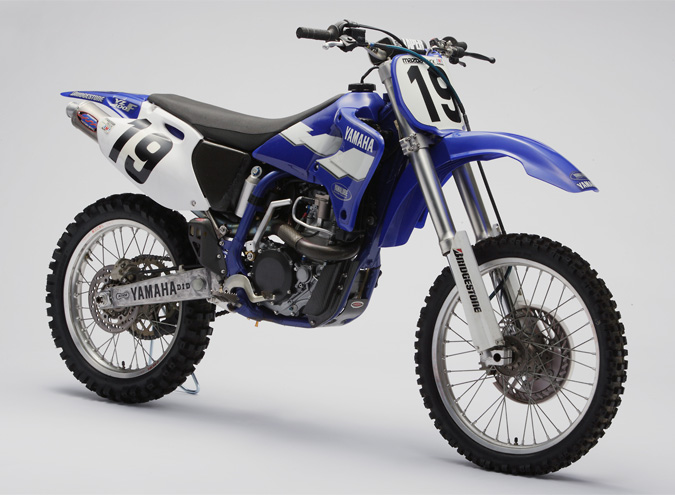
2000s: Off-Road Dominance and Technological Marvels
2000 TT-R125L: Expanding Yamaha’s off-roading line with a 125cc, four-stroke engine.
2001 YZ250F: Introduction of the first four-stroke, 250cc motocross bike.
2007 YZF-R1: Incorporation of Yamaha Chip Controlled Intake (YCC-I), the first electronic variable intake system on a production bike.
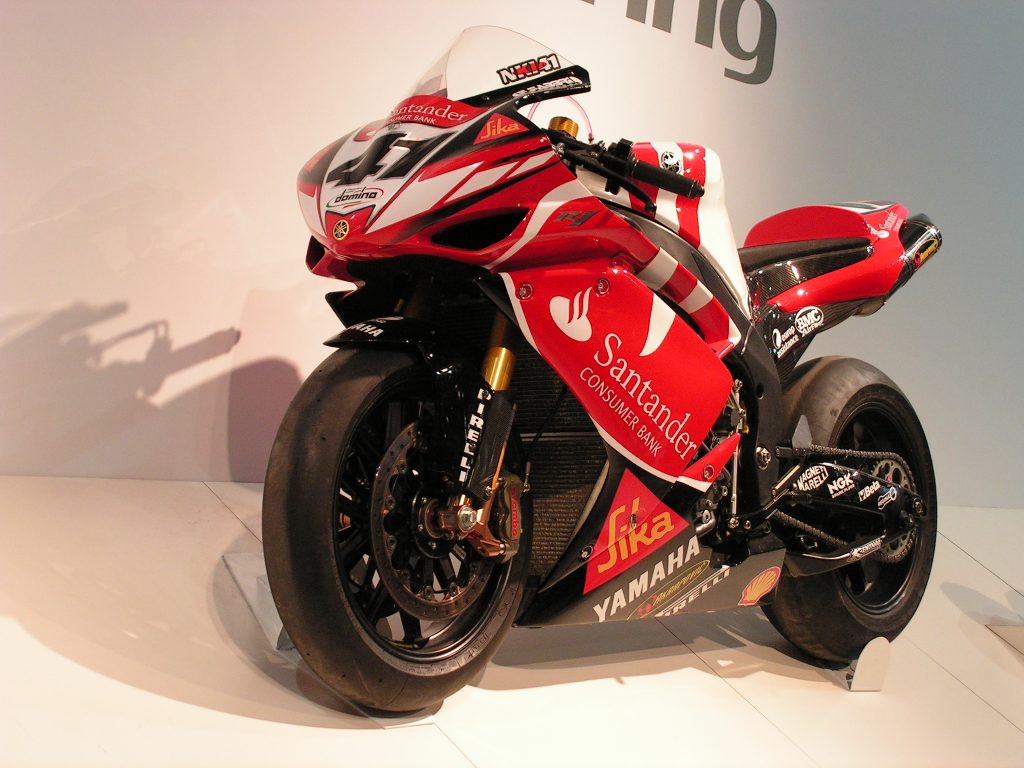
2010s: Customization and Touring Majesty
2013 Bolt: Introduction of a customizable cruiser platform, known for its four-stroke, four-valve, air-cooled V-twin engine.
2018 Star Venture: Debut of a touring bike with a redesigned aesthetic and an air-cooled V-twin engine, deviating from V-4 engines on previous models.
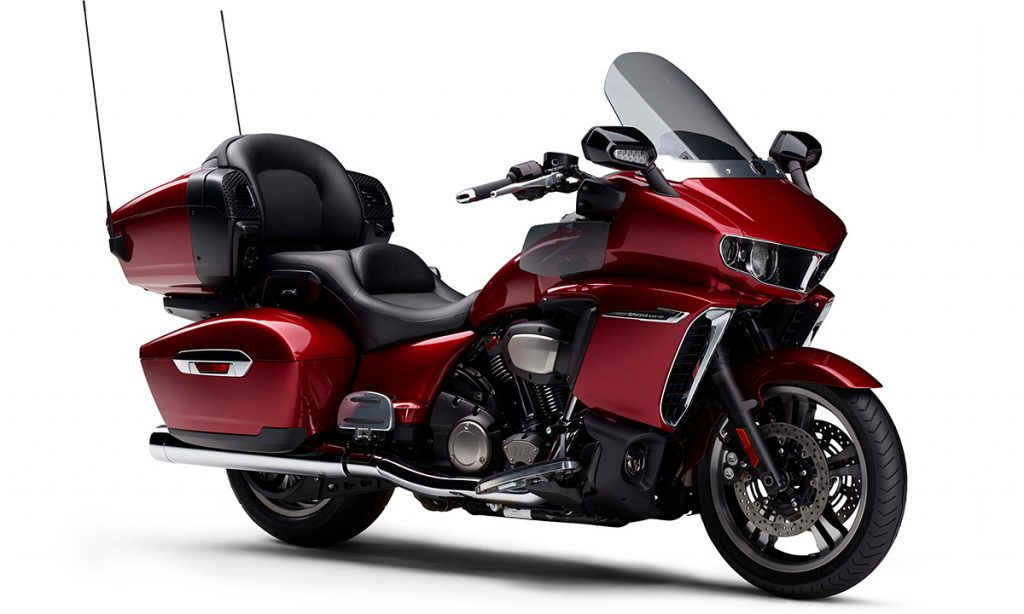
Yamaha YamaPro Program: Nurturing Expertise
In tandem with Yamaha’s commitment to excellence, the YamaPro program emerged in 1987, endorsed by Yamaha Motor Corporation, USA. This specialised training initiative unfolds over 12 weeks, equipping students with the skills to master Yamaha products.
YamaPro Program Modules:
Service Management and EFI Systems: Delving into Yamaha service management procedures and electrical fuel injection (EFI) systems.
Suspension and Maintenance: Practical experience in suspensions, maintenance of Yamaha and Star motorcycles, camshaft inspection, timing, and valve clearance.
ATVs, Side-by-Sides, and Snowmobiles: Comprehensive coverage of service technologies for ATVs, side-by-sides, and snowmobiles.
Watercraft and Generators: The final elective module exploring personal watercraft and generator service technology.
Program Benefits:
Certifications: YamaPro students can earn Yamaha Bronze and YTA Silver certifications, elevating their professional standing.
Diverse Experience: Beyond motorcycles, students gain exposure to other Yamaha machines, broadening their expertise.
Cutting-Edge Curriculum: Developed in collaboration with Yamaha, the curriculum remains abreast of the latest technological advancements and industry standards.
Yamaha’s Enduring Overture
Yamaha’s journey through the decades encapsulates a commitment to innovation, speed, and the relentless pursuit of perfection. From the YA-1 to the cutting-edge YZF-R1, each model in Yamaha’s lineage reflects a dedication to pushing boundaries and redefining what’s possible on two wheels.
As Yamaha continues to evolve, its influence extends beyond the realm of motorcycles. The YamaPro program stands as a testament to Yamaha’s investment in nurturing the next generation of technicians, ensuring that the legacy of precision and excellence lives on.
Yamaha’s symphony of engineering brilliance, racing prowess, and technological innovation continues to resonate through the streets, racetracks, and hearts of riders worldwide. As we navigate the twists and turns of Yamaha’s storied past, one thing remains certain – the brand’s unwavering commitment to shaping the future of motorcycling.

